“Double dating” is a concept my wife and I have talked about for a while; it’s where a piece of media — usually a movie or TV show — exhibits elements of two distinct time periods. Most commonly it results from the art being set in a particular time period, but unintentionally carrying distinctive elements of its own time period as well, which don’t really become apparent until much later. Think “Happy Days.” It’s set in the ’50s, but there are definitely elements (like hair styles) that are more characteristic of the ’70s era when the show was actually produced.
Over the past year or so, I’ve been having a lot of the same feelings towards the music of Com Truise. I discovered Com Truise (stage name of musician and graphic designer Seth Haley) around 2012 when his In Decay album was released. I immediately latched onto the hazy nostalgia it evoked for my early ’80s childhood and the exciting technologies of that era.
I listened to a lot of Com Truise from about 2012 to 2014. And now when I listen to this music, I have a different kind of nostalgia. I still feel that pull to my ’80s childhood, but I also have much more distinctive memories from the early 2010s to associate with the music as well. I had a lot of good things going on in those years. My business was relatively new and growing, my kids were in school and starting to have their own distinctive personalities, and I was just generally enjoying a lot of what was going on in the world because things seemed to be pointing in a positive direction.
I’ve lost a lot of that optimism over the past 8 years though. In a nutshell, it’s not so easy as a white person to ignore all of the terrible things other white people do in the world. And even as a light has been shone upon these transgressions, the worst among us are doubling down on bad behavior and destructive attitudes. Plus we have the increasingly frequent climate change-related disasters that only the most stubborn or brainwashed can continue to deny.
But there have been more personal struggles as well: aging (and then eventually dying) parents, the difficulties of adolescence for our kids, my own aging body, the souring of some aspects of my business (*cough* Gutenberg *cough*). There have been plenty of good things too though, especially around my involvement in music. But overall, I would give the past several years a negative score.
All of that does make me nostalgic for the halcyon days of the early 2010s, and that’s a period I strongly associate with the music of Com Truise.


